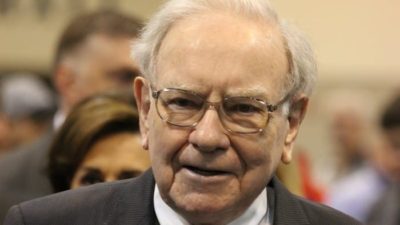I'd wager that almost all ASX investors love banking a good dividend. There's the perk of receiving passive income, of course, the appeal of which needs little explanation. But ASX dividends usually come with franking credits attached as well, which are particularly useful to retirees.
Here at the Motley Fool, we are always harping on about the advantages of investing in shares compared to other asset classes. But should ASX dividend shares be the only option for someone who is planning their retirement?
Well, this is a difficult question to answer in a general sense. Every person's retirement needs will be slightly different, meaning there is no 'one size fits all' approach we can advocate.
However, we can point out a few facts that could serve as guiding lights.
Should retirees put all of their money into ASX dividend shares?
Firstly, the returns of ASX shares, as alluded to above, simply outperform most other asset classes on average over long periods of time. They outperform 'safer' investments, like fixed-interest government bonds, cash savings and term deposits, usually loved by retirees, by quite a lot.
As such, this logic dictates that investors should be prepared to invest most of their retirement nest eggs in ASX shares. And preferably those that pay generous, fully franked dividends.
However, this logic ignores the main fallibility of shares – market volatility. As anyone who's ever owned shares can attest to, the market is a frighteningly wild place to have your capital stored away in. Especially your entire life savings.
Share valuations can change on a whim. And they can often take years to recover from a severe slump or market crash. That's why these assets are often described as 'risky'.
Whilst it's true that most retirees simply own shares for the dividend income they produce, dividend income can also be volatile. After all, we saw many of the popular ASX dividend shares on our market slash their payouts during 2020 and into 2021.
This is why diversification is still important for any investor, including a retiree.
Diversification: Still important in retirement
So yes, shares have historically produced the best long-term returns on average. However, the volatility that comes with them means that diversifying into other asset classes is still a prudent strategy.
The proportions that you wish to put into different asset classes is a matter for every individual, their family and their financial adviser.
But a rule of thumb that many professions advocate is that it's good practice to keep at least three years' worth of retirement living expenses in cash assets like savings accounts and term deposits.
That's, at least in theory, enough to ride out any market (or dividend) slump that the world can throw at us. It would have certainly been adequate for a retiree to ride out the COVID crash of 2020.
Meanwhile, the rest of your capital can be invested in other assets that might generate higher returns, but also come with peace-of-mind-sapping volatility.








